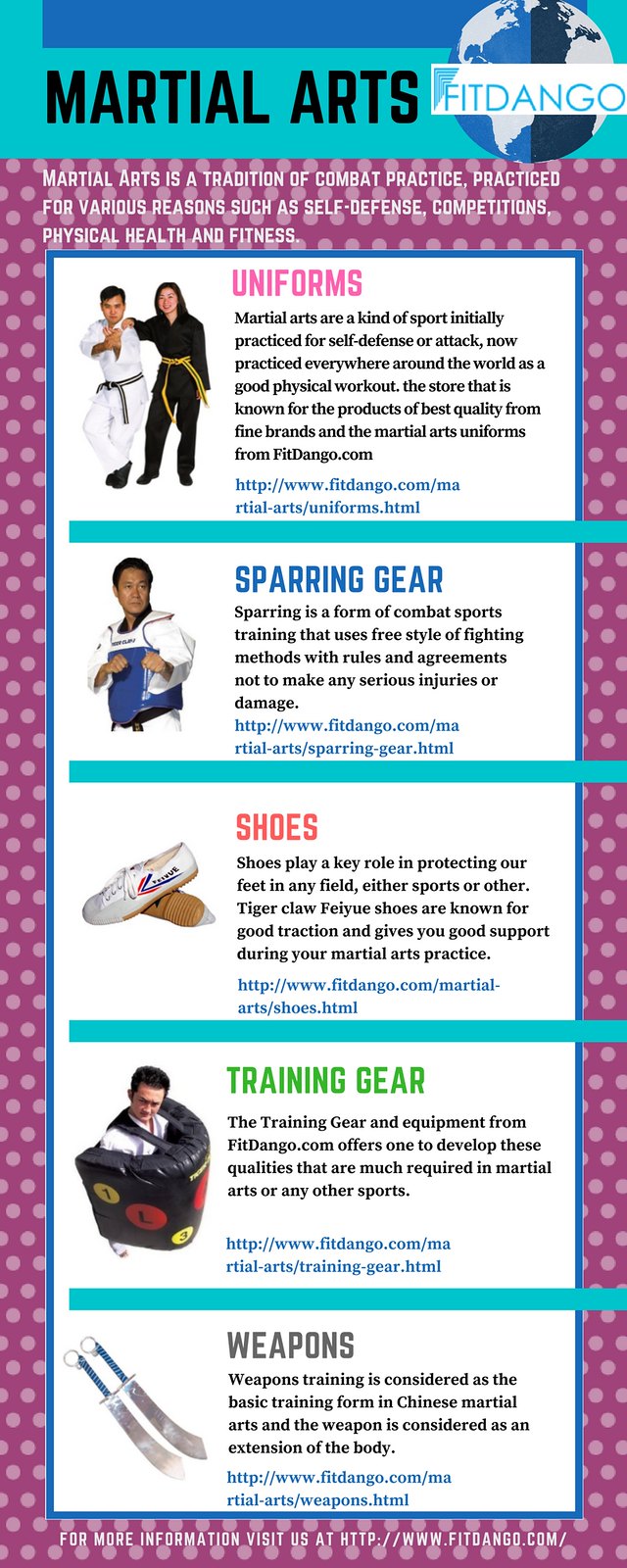A Historical Overview And Progression Of Martial Arts Across The Globe
A Historical Overview And Progression Of Martial Arts Across The Globe
Blog Article
Content Writer-Kaufman Silverman
Martial arts have a remarkable background that spans centuries and continents. You may locate it appealing how ancient methods like Shuai Jiao and Kalaripayattu laid the groundwork for modern battle techniques. tiger schulmann martial arts stress physical abilities but also show the societies that birthed them. As check this site out discover their development, think about exactly how globalization has changed these typical kinds right into crossbreed styles. What influences do you assume have formed today's martial arts landscape?
Ancient Martial arts: The Structures of Battle
As you look into the world of ancient martial arts, you'll uncover the abundant foundations that shaped combat methods across societies. Early practices focused on Self-Defense and survival, frequently integrating strikes, grappling, and weaponry.
In old China, as an example, strategies like Shuai Jiao highlighted tosses and joint locks, while India's Kalaripayattu showcased agility and fluid activity. Japanese samurai developed Kenjutsu, a refined swordsmanship that highlighted technique and approach.
These martial arts served not just for fight yet additionally as a way of personal growth, instilling worths like regard and perseverance. The blending of these methods with time laid the groundwork for the diverse martial arts you see today, each showing the one-of-a-kind viewpoints and demands of its culture.
The Social Impact on Martial Arts Development
While martial arts often mirror the sensible needs of a culture, they also embody the social values and beliefs of their origins. When you explore different martial arts, you'll see just how they're affected by religion, philosophy, and social norms.
As an example, the focus on regard and self-control in Japanese martial arts stems from Zen Buddhism and samurai culture. On the other hand, Brazilian Jiu-Jitsu advertises versatility and approach, formed by the requirement for performance in a diverse, modern setting.
You might discover that the routines, attires, and training approaches reflect a neighborhood's background and identification. By understanding these cultural influences, you deepen your gratitude of martial arts and their function fit human experiences across the globe.
Modern Adaptations and the Globalization of Martial arts
Martial arts have actually transformed significantly in recent decades, adapting to contemporary society and global impacts. You'll see that traditional types have mixed with modern strategies, producing hybrid styles like mixed martial arts. martial arts and fitness cater to varied target markets, making martial arts accessible and appealing around the world.
With martial arts benefits of social networks and electronic platforms, you can discover tutorials and competitors from all edges of the world, damaging geographical barriers. This globalization has brought about a shared gratitude for various disciplines, from Brazilian Jiu-Jitsu to Taekwondo.
As you engage with these arts, you'll understand they're not just about combat; they promote physical fitness, technique, and psychological well-being.
Inevitably, modern-day adaptations have actually enriched the martial arts landscape, making it a dynamic and developing practice.
Conclusion
In exploring the history and evolution of martial arts, you reveal a remarkable mix of methods, cultures, and viewpoints. From ancient techniques like Shuai Jiao and Kalaripayattu to the modern-day adaptability seen in MMA, martial arts reflect humanity's quest for Self-Defense and individual growth. As you engage with these methods, you not just get skills but likewise a much deeper gratitude for the diverse practices that shape our world today. So, proceed your trip and embrace the art of battle!
